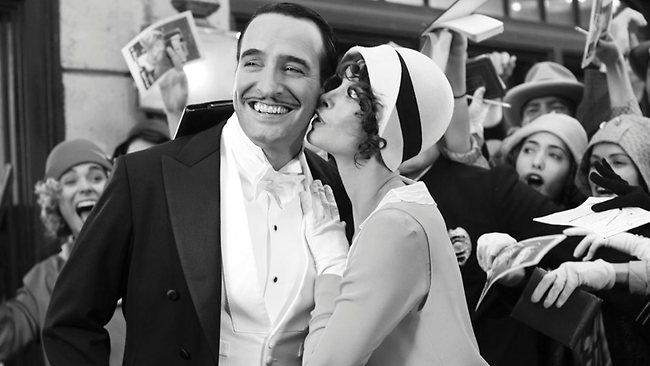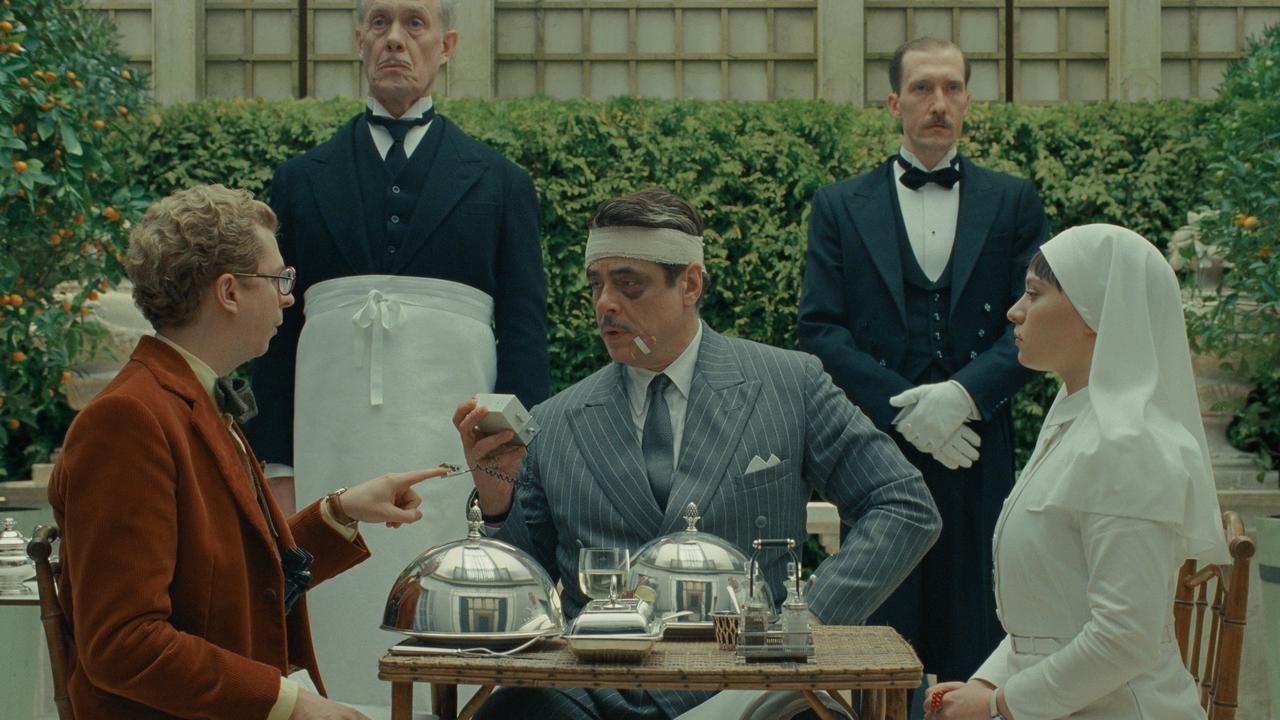A star is born in The Artist's tribute to cinema's pioneers
THE Artist is more than a treat for film buffs; it's a funny, heart-warming and emotional journey that honours cinema's pioneers.

LOVERS of cinema, and of cinema history, like myself, have had a good time lately. First there was Hugo, Martin Scorsese's inventive tribute to pioneer Georges Melies, and now comes The Artist, the French film that took Cannes by storm and which is one of the most agreeable feel-good movies produced in recent memory.
Academy Awards voters seem to agree: last week The Artist received 10 Oscars nominations.
It's the third feature by writer-director Michel Hazanavicius, whose first two were OSS 117: Cairo Nest of Spies (2006) and OSS 117: Lost in Rio (2009), belated spoofs of James Bond films, both of which starred the amiable Jean Dujardin doing a passable Sean Connery impersonation. In The Artist, Dujardin tackles a much more difficult assignment: he plays a popular star of silent movies rather in the style of Douglas Fairbanks, though he looks at times like the very young Fredric March and even Gene Kelly.
The Kelly connection is no accident, because on one level The Artist is a variation on Singin' in the Rain. Both films are set in precisely the same period (1927-29), when talkies were starting to replace silent movies. The plot also owes a great deal to A Star is Born, in that it follows the decline of a once hugely popular male star while his female discovery goes from strength to strength.
Dujardin's role is a difficult one because contemporary actors seem to have lost the art of silent movie acting. Many people today think of silent cinema primarily as a source of comedy - Charlie Chaplin, Buster Keaton and the rest. In fact, the most dramatic silent films, especially those produced in the dying days of the silent era, successfully and subtly portrayed all kinds of emotions and human drama, not at all in the exaggerated way they're often remembered today.
To achieve this, the actors in silent films had to be able to convey their emotions without dialogue and without seeming to be hammy, and the best of them - Greta Garbo, Lillian Gish, John Gilbert and all the rest - did so with consummate skill.
Fairbanks, on whom Dujardin's character in The Artist seems at least partly based, was a superstar of the era, and what is known today as a "player". He and his wife, Mary Pickford, along with Chaplin and pioneer director D.W. Griffith, were the founders of United Artists, but long before that Fairbanks had become popular thanks to a series of popular comedies in which he was the dashing hero, and later for a superb collection of swashbuckling movies: The Three Musketeers, Robin Hood, The Mark of Zorro and many others.
George Valentin (a reference to Valentino?) is first seen in 1927 as the immensely popular star of films such A Russian Affair and Tears of Love ("Romance and Adventure in Darkest Africa"). He is invariably accompanied, on screen and off, by his cute and talented Jack Russell terrier, Jack (played by Uggie who won the coveted Palm Dog at Cannes). Valentin, like Kelly's Don Lockwood in Singin' in the Rain, is vain and rather arrogant. He lives in luxury with his bored wife Doris (Penelope Ann Miller), and his every need is catered for by his loyal butler-chauffeur, Clifton (James Cromwell).
Two events have an impact on his carefree lifestyle: he meets Peggy Miller (Berenice Bejo), first seen as a member of his adoring fan club, who soon becomes one of the chorus-line and is destined for stardom; and then talkies arrive.
Peggy seems designed as an amalgamation of Clara Bow and the young Joan Crawford; the camera loves her, and before long she's starring in cheeky comedies such as Beauty Spot. In a scene that directly references Singin' in the Rain, Al Zimmer (John Goodman), the boss of Kinograph Studios, gives his leading man a demonstration of the new talking pictures, but George is unimpressed and feels, like many at the time, that audiences won't want to hear their favourite movie stars talk (Fairbanks himself saw the introduction of talkies as the end of cinema as he knew it).
Hazanavicius is a film buff, and he recreates the era with affection and accuracy (the only significant mistake is the suggestion that talkies began in 1929, when sound was introduced at least 18 months earlier). He knows his silent movies and his film is shot in black and white and in the old square Academy ratio. There is, fittingly, virtually no dialogue - not until sound arrives.
This is more than just a treat for film buffs. The Artist is a funny, heart-warming emotional journey, beautifully crafted (the photography by Guillaume Schiffman is remarkable) and full of pleasures.
It's also a fitting tribute to the pioneers who created that extraordinary world of the silent cinema.
The Artist (PG)
4 ½ stars
National Release



